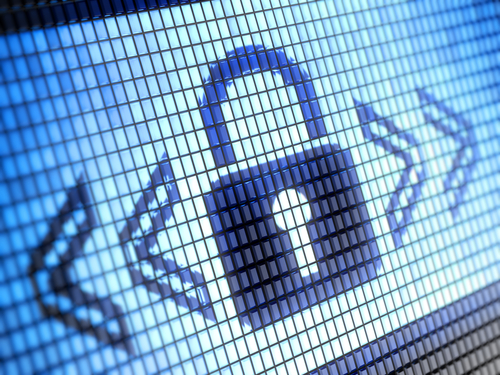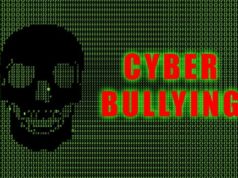
What is Cyber-Stalking?
Cyber-Stalking is defined as the unlawful act of collecting or amassing an individual’s private information with regards to the internet, a computer, or alternative electronic network. This can include the illegal trespass onto a computer terminal or network belonging to the victim. Furthermore, Cyber-Stalking can be enacted in order to illicitly spy or watch another individual in which the intent is considered to be inherently criminal and unlawful in nature.
Both the reliance on and the availability of online information resulting from online communications and electronic networks, personal and private data can be accessed more freely. Oftentimes, the presence of unsecured networks, internet crime, privacy, and illicit use of information technology are the primary catalysts for the undertaking of Cyber-Stalking.
What are the Various Types of Cyber-Stalking?
Due to the fact that Cyber-Stalking is classified as criminal activity that is interpersonal in nature, the inclusion of at least two individuals is typical with regard to its enactment. In the event of Cyber-Stalking, a victim and the perpetrator exist.
Cyber-Stalking involves the ‘stalker’ participating in invasive, intrusive, and inappropriate behavior taking place through the use of online networks and computer systems that are conducted in a clandestine fashion. The following are the most common examples of Cyber-Stalking:
Subversive Cyber-Stalking: involves intrusive acts that are performed unbeknownst to the victims that elicit discomfort, fear, or violation.
Obsessive Cyber-Stalking: typically retains sociopathic tendencies with regard to its enactment, which include the perpetrator engaging with the victim in an unsolicited, unrequested, and intrusive manner. This can occur through the undertaking on online-based observation, witness, or recording of activities involving the victim.
What is the Difference Between Cyber-Stalking and Online Harassment?
The primary difference between Cyber-Stalking and online harassment resides within the individual behaviors contributory to the charge itself. While online harassment is a crime, both the behavior and intent latent within events potentially classified as Cyber-Stalking are not always inherently criminal.
Typically, the collective analysis of events and activities in which an individual participates is the gauge of a Cyber-Stalking charge. For example, accessing electronic information deemed to be available for access within the public domain without expressed consent, while devoid of any intended harm varies within its classification as Cyber-Stalking.
Yet, accessing electronic information deemed to be available for access within the public domain without expressed consent for the purpose of conducting illicit activity, including the existence of harassment or threats, will typically be viewed as criminal activity.
What is Sexual Cyber-Stalking?
Cyber-Stalking occurring in both non-consensual and sexual fashions resulting in the invasion of another individual’s privacy, in addition to the encroachment on the private, virtual space belonging to another individual, may be classified as sexual in nature. This can also include Cyber-Stalking resembling sexual harassment, classified as the unwelcomed, lewd, and illicit sexual advances undertaken in a clandestine manner.
How Can Cyber-Stalking be Reported?
In the event that an individual has been made aware of illegal or unlawful Cyber-Stalking taking place, they have to opportunity to contact the National Crime Prevention Council through their telephone number: (202) 466-6272.






























